The Texotics
As Texas landowners breed exotic animals like kudu and nilgai, they’re running a massive unplanned and unregulated natural experiment.
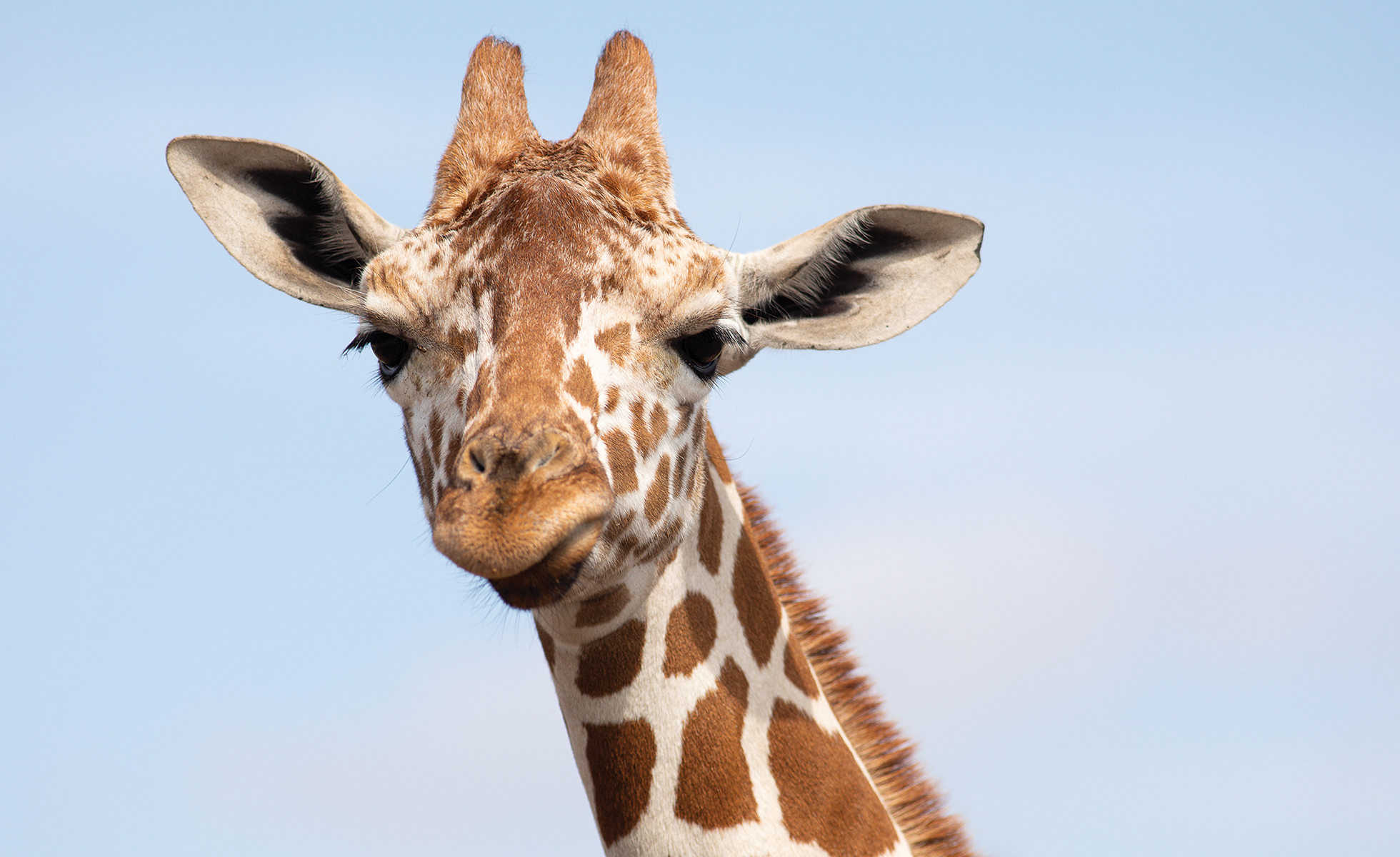
By Asher Elbein
June 22, 2020
When the rain began, the antelope and deer of the Y.O. Ranch Headquarters gathered to chew idly beneath the sparse trees. For 10 days in October 2018, a line of storms pounded the Texas Hill Country. Brown currents rose over a bridge on the ranch, spilling out over the roads and gullies of this 14,000-acre property 140 miles west of Austin. The flood tugged at the 8-foot fences around the ranch until it finally pulled them down.
That was when the kudu made their move, disappearing through the fallen perimeter fences on the ranch’s border. Native to Africa, the kudu is a brown-and-white-striped antelope species with long spiraling horns. The Y.O. Ranch population was ready for life on the lam. By the time ranch hands managed to repair the fences and conduct an animal count, virtually the whole herd—20 of 26 kudu—had escaped.
Exotic game ranches like the Y.O. Ranch have spread throughout Texas since the 1950s, providing hunters with homegrown safaris and passing motorists with glimpses of the surreal. According to Charlie Seale, executive director of the Kerrville-based Exotic Wildlife Association (EWA), 5,000 Texas ranches now contain at least one exotic animal species. Some of these are small operations; others are huge, like South Texas’ King Ranch, which is the state’s largest at 825,000 acres. Together, they host a population of more than 2 million “Texotics” representing 135 species. The result is a roughly $1.3 billion industry that generates more than 14,300 jobs annually, largely in otherwise struggling rural areas.
But as more landowners than ever stock mammals from all over the world, they’re running a massive unplanned and unregulated experiment on Texas soil. In West Texas, aoudad from Africa are a common sight in desert canyons; in the flood plains of the Lower Rio Grande Valley, herds of enormous Indian antelope called nilgai bound across roads at dusk. As these creatures breed on ranches and in the wild, they’re altering the landscape in complex ways—dispersing seeds, digging wells, turning over the soil—blurring the line between exotic and native. Because as the Y.O. Ranch Headquarters found, fences have a way of falling. And animals have a way of getting out.

The Y.O. Ranch headquarters sits amid the scrubby hills of Kerr County, along highways lined with cattle fences. Driving there on a brisk January morning, I passed a butcher’s board of native roadkill, but also a surprising share of dead axis deer from India. Past the ranch’s gates, Thomson’s gazelle and zebra, both with their young, grazed alongside longhorn cattle in patches of dry forest.
Before Europeans arrived in the 1500s, the rangelands of Texas were grazed largely by bison and pronghorn. Cattlemen who arrived in the mid-1700s mostly pushed those species out by 1878, replacing them with the nation’s first widespread exotic ruminants—animals like cattle, sheep, and goats—and later enclosing the vast pasturelands in fencing. The biggest livestock in Texas are cattle—the animals that gave the Y.O. Ranch its start.
In its heyday in the 1880s, the property was 566,000 acres, driving some 300,000 cattle up to East Coast markets, said the ranch’s tourism director, Debbie Hagebusch. But in the late 1950s, droughts and unstable livestock markets began to hit ranchers like Y.O. owner Charles Schreiner III particularly hard. So in the 1950s, Schreiner began introducing excess animals purchased from the San Antonio Zoo—axis deer, blackbuck, aoudad—for hunting. In 1967, he and other ranchers interested in stocking exotic game formed a group that would eventually become the Exotic Wildlife Association, a trade association and lobbying arm of the business.
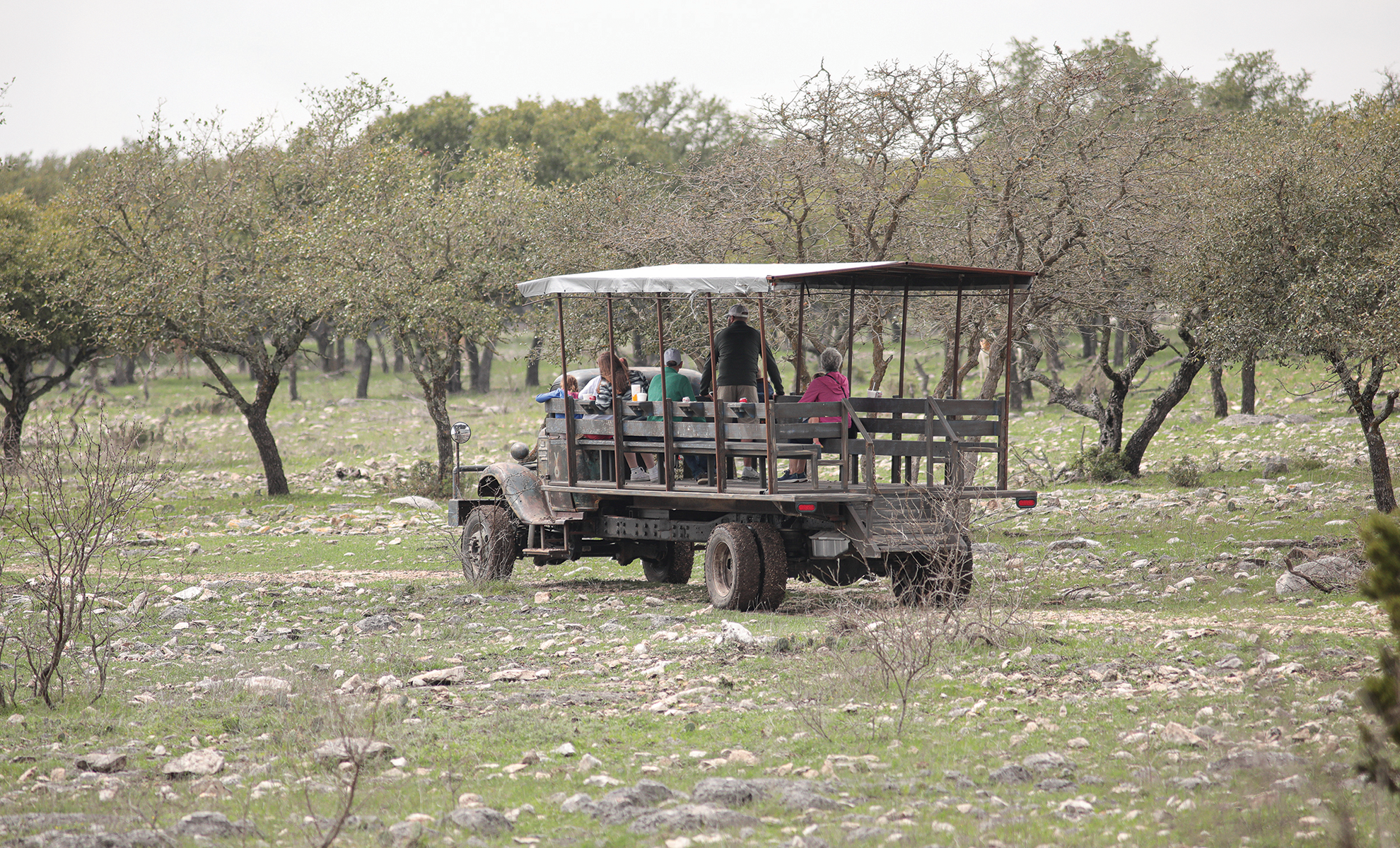
The Y.O. Ranch changed hands and tacked “Headquarters” to its name in 2015. Along with free-range hunting on the ranchland, the property maintains two fenced-in paddocks for guided game tours, allowing wildlife tourists to observe 25 species. In January, Hagebusch, a cheery woman with graying blond hair, piled a friend and me into an ATV and drove us out into the tour paddocks, rattling off facts about the creatures we passed.
When I’d visited the ranch the previous spring, the vegetation in the second paddock had been high and lush, grazed by a unique patchwork of animals: endangered Père David’s deer from China wallowing in the mud, flocks of ostrich-like Argentine rhea with their puffball chicks, and stately giraffes that wandered over to Hagebusch’s ATV to obtain an oatmeal cookie. Now the three giraffes were penned for the winter, gazing down at us from behind their fence with long-lashed benevolence. One of them, a 10-month-old born at the Y.O., flicked a long tongue in search of crunchy treats.
“The giraffes are like our celebrities,” Hagebusch said, gesturing to the youngest animal. “Especially this one. She’s a little cookie monster.”
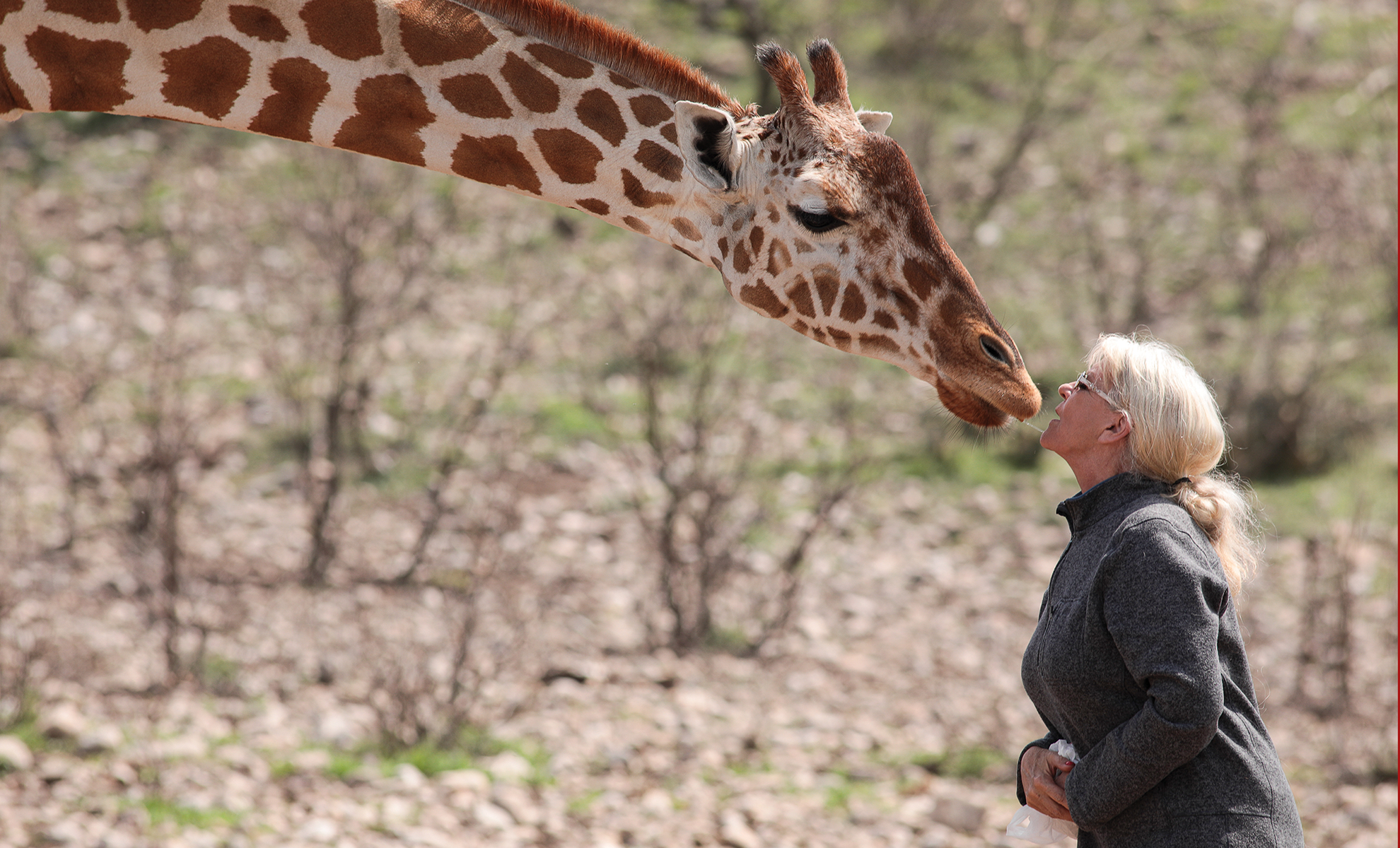
Onward we went through the paddock, through winter grass and sun-dappled stretches of white stone. Here were the herds of little blackbuck from Pakistan, dark males ushering around harems of tawny does, keeping a wary eye out for competitors. There by the fence line were dignified groups of shaggy, oil-furred waterbuck, native to Africa, eyeing a bevy of calves. “In a zoo environment, they have a baby and they call in the news media,” Hagebusch said, pointing to the young. “Here, it’s such a natural thing. They breed just like they do in the wild.”
Out on the open lands of the ranch, various species of deer and antelope wander freely, available in hunting packages that range from $2,850 (four-horned sheep) to $18,350 (kudu). Only around 10 percent of the animals on most ranches are killed by hunters, said Eric White, the ranch manager. Most of the animals targeted by trophy seekers are older, past their prime breeding age. For ranches like the Y.O., hunting—for both natives and exotics—is both a source of revenue and a management tool: It keeps populations in check, makes room for new bloodlines, and keeps a healthy amount of competition among breeding males.
As attitudes toward trophy hunting hardened in the 1990s, zoos stopped selling their overstock to private ranches, forcing the exotic game business to sustain itself through private breeding. Today, ranchers sell to other breeders through auctions; they also trade animals privately, mixing and matching bloodlines with scrupulous care. This can be pricey: A breeder zebra can cost up to $5,500; an addax comes in between $4,500 and $6,500.
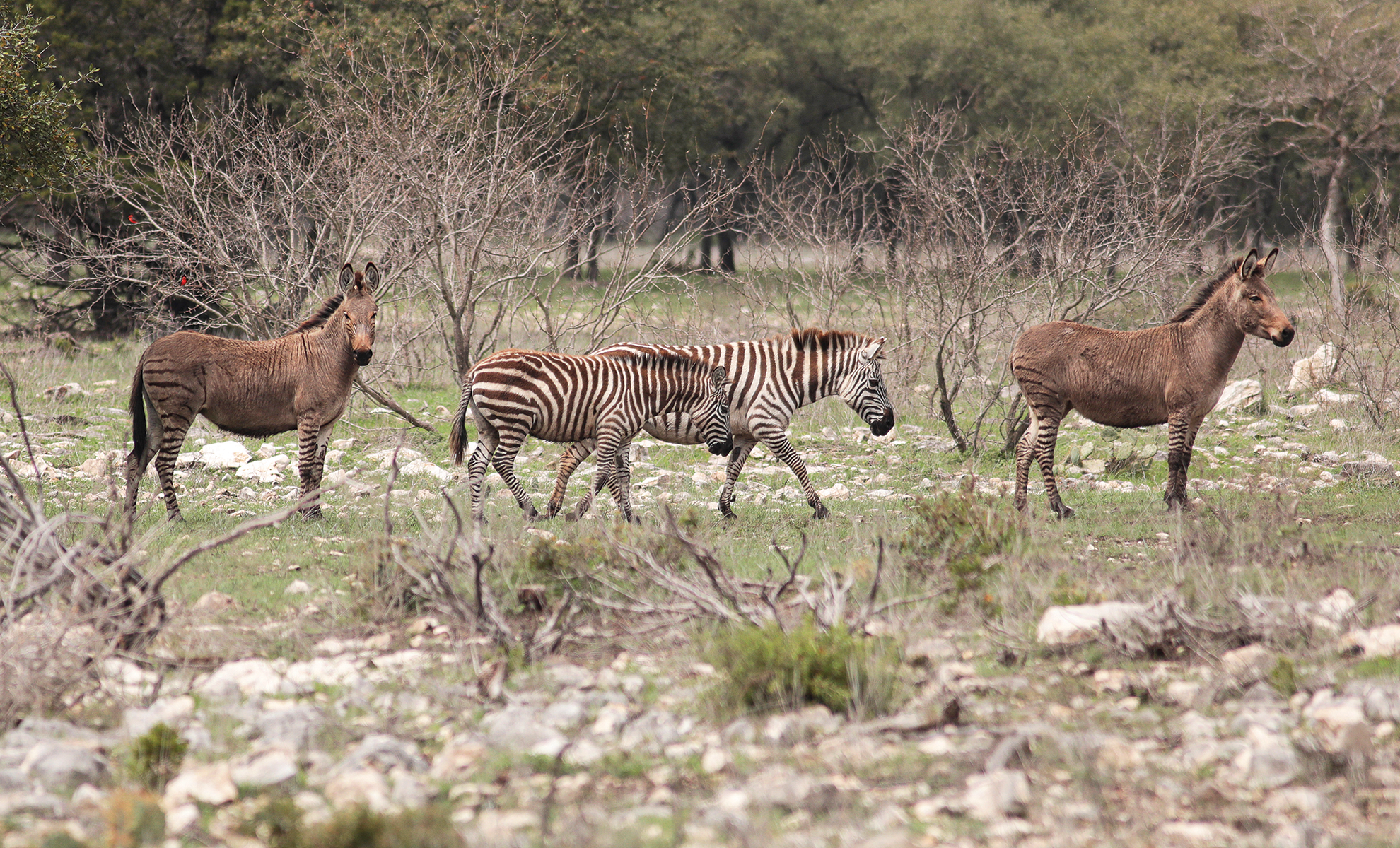
For hunting to be economically sustainable, however, exotic animals need to be able to survive and reproduce on their own, without year-round feeding or special breeding programs. Since it’s also expensive to keep food out year-round, it’s to the ranchers’ benefit to make sure their animals aren’t having a disproportionate impact on native vegetation and that they aren’t in direct competition with other species. Seale, the EWA director, lays it out this way: If you have a large population of grass grazers, like cattle, you stock animals that browse on leafy vegetation and new growth, like white-tailed deer, greater kudu, and aoudad. If you have a whitetail hunting ranch, you stock grazers like blackbuck and oryx. (In the Hill Country, everything eats the acorn crop.)
As a result of these concerted breeding efforts, some endangered species are now much more common in their Texas enclaves than they are in their native lands. Antelope like the scimitar-horned oryx, addax, and the elfin dama gazelle are all virtually extinct in the wild. All are found on the Y.O. Ranch Headquarters. “When I first got here [in 1986], we were actually sending blackbuck back to Pakistan,” White said. “We’d catch them off the ranch and take them to an Air Force base in San Antonio, and they’d fly them back to try and establish breeding populations in parks out there.”
The conservation aspect of wild game ranching is something the EWA heavily emphasizes. “You give the animal an economic value. You give the rancher a reason to raise that animal and help it flourish,” Seale said. “Probably one of our most important species that we had was the scimitar-horned oryx, which haven’t been seen in the wild in decades. Here in Texas, our last population estimate was 15,000. That’s a result of being allowed to freely trade, buy, and sell these animals.”
Once stocked, the inhabitants of exotic game ranches occupy the same liminal existence as the native species they share land with: simultaneously managed and wild, fending for themselves behind the protected barrier of a rancher’s fence. But those barriers are not impenetrable.
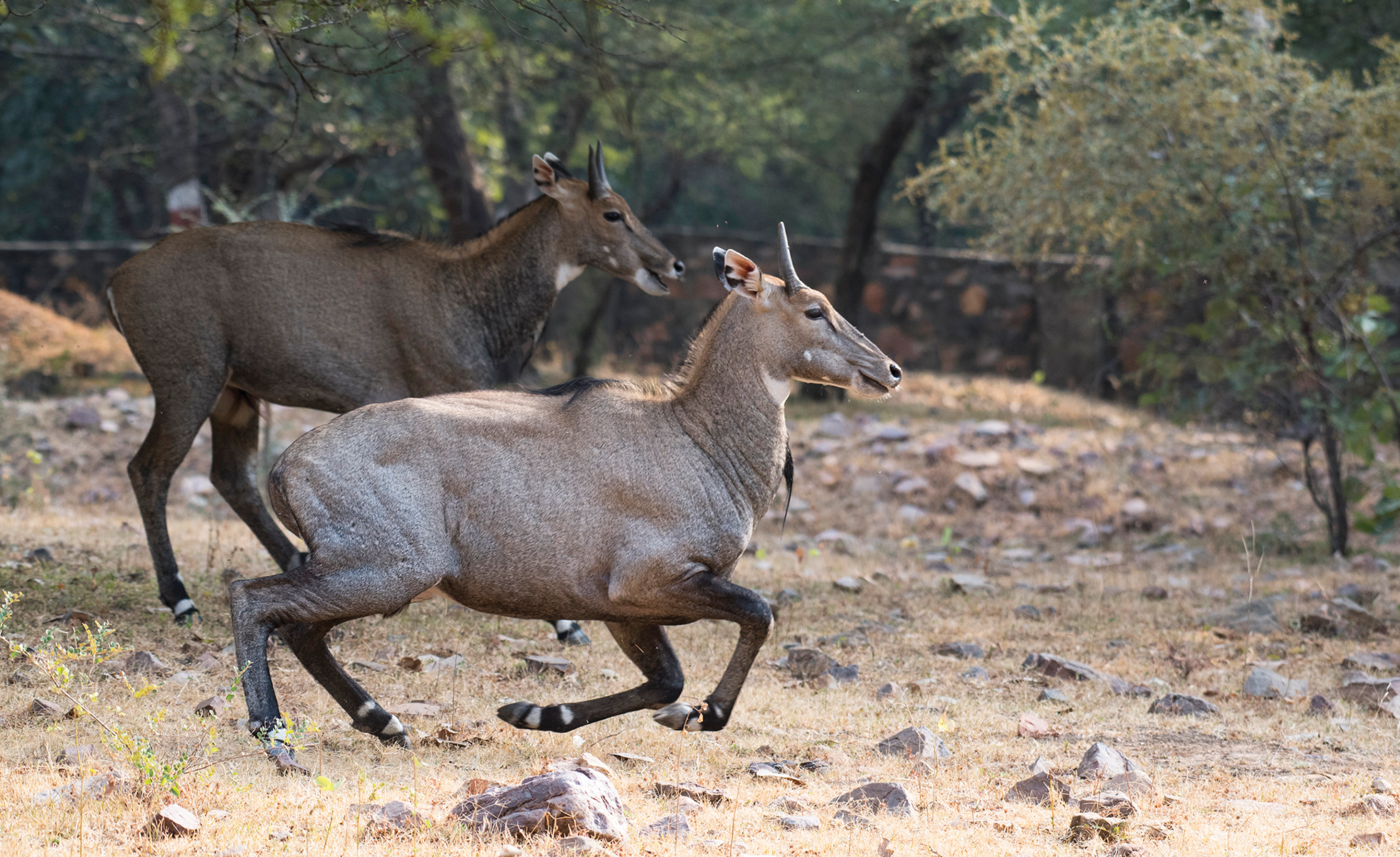
The nilgai, the second-largest antelope in the world, was introduced onto the King Ranch in 1930 by Caesar Kleberg, its conservation-minded owner. By the 1970s, herds were grazing wild along the highways outside South Texas towns.
In the 1980s, the King Ranch began selling both nilgai hunts and nilgai meat, partially for profit and partially to control their numbers. A one-day hunt now costs $900 per hunter, plus a harvest fee of $1,200 for a bull or $500 for a cow, said Weston Koehler, King Ranch wildlife manager. Today, between commercial hunts, ranch management, and the activities of private leases, around 1,000 nilgai are harvested on the King Ranch per year.
The herd that moves through King Ranch land numbers around 15,000, part of a larger South Texas population of an estimated 30,000. Females can have a range of up to 50,000 acres, slipping under cattle fences and wandering through countless adjoining ranches, borderland parks like the Laguna Atascosa National Wildlife Reserve and the Sabal Palm Sanctuary, and possibly into Mexico. “They occupy every habitat type out here that we have,” Koehler said. “A lot of these ranches around here probably got their nilgai from King Ranch.”
Nilgai mostly get media attention now as potential vectors of diseases like cattle fever, a nasty ailment that the USDA managed to eliminate from the United States in the 1940s, except for a permanent quarantine zone along the Texas-Mexico border. Nilgai’s nomadic habits take them in and out of this zone at will, and unlike white-tailed deer or cattle, which can be easily treated at feeding stations laced with the anti-tick chemical ivermectin, nilgai are far too wary to come to bait. In an effort to deal with the problem, the USDA has carried out a spring cull of the nilgai population in Laguna Atascosa.
The discussion of exotics often defaults to economic concerns like agriculture or hunting. Yet the actual ecological impact of nilgai on the landscape remains a mystery. Game cameras show that the passageways nilgai open up under cattle fences are used by a diverse range of wildlife, said David Hewitt, executive director of the Caesar Kleberg Wildlife Research Institute, which might help populations separated by fences prevent inbreeding. Beyond that, things get sketchy: Could their grazing on grass and brush influence fire frequency? Could their habit of leaving large piles of droppings in certain spots act as a nutrient-rich nursery to dispersed seeds? And it’s not just the nilgai. The long-term ecological implications of the many new herbivore species in Texas have gone largely unstudied.
One school of thought presents exotics as damaging invaders that crowd out native species. Feral hogs—another animal that got a big boost from hunting ranches—have received plenty of press due to booming numbers and the severe agricultural damage they inflict. In West Texas, ongoing efforts to curtail the aoudad population have been partially driven by a desire to prevent competition when reintroducing native desert bighorn sheep, which were exterminated by hunting and disease in the 1960s. And a 1992 Texas Parks and Wildlife publication warned that species like axis deer and blackbuck could out-compete white-tailed deer when confined to plots of only native vegetation and left unhunted.
Fears of competition between natives and exotics are heightened by the fact that rangelands have been shrinking, not growing. Most of the large Texas ranches have been broken up and sold off, their open spaces nibbled away by development. “That’s the problem we have all over the world with wildlife,” said White, the ranch manager. “When I came to work at the Y.O., it was 62,000 acres. We’re 14,000 acres now. … When you start cutting it up, the ecosystems get cut up.”
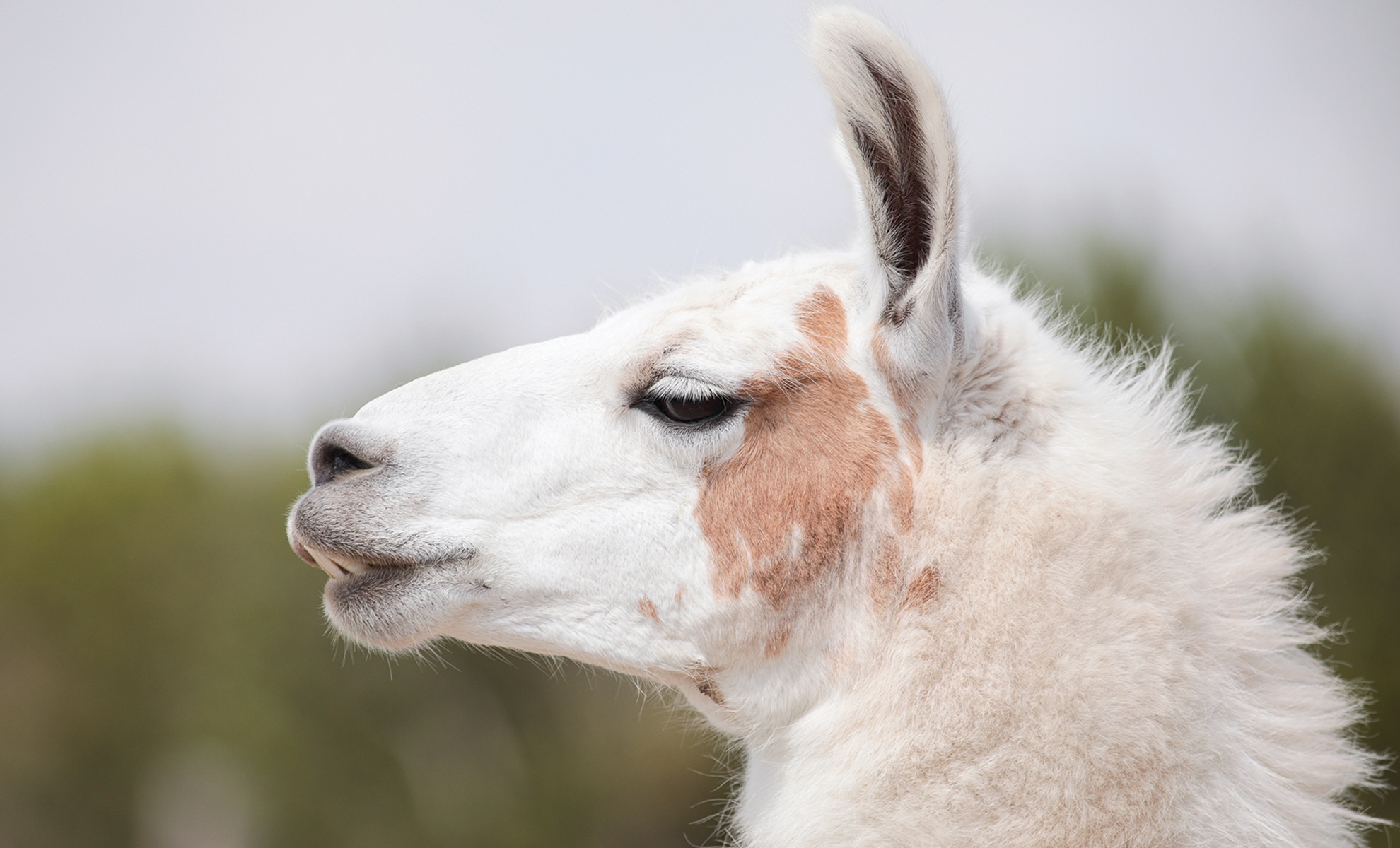
But these questions are much more complex than the simple dichotomy of “exotic” and “native” suggests, argues Erick Lundgren, a doctoral student who studies novel ecosystems at the University of Technology Sydney. The discourse around so-called invasive species is relatively new and often functions more as a cultural norm than a scientific metric, Lundgren said. If you choose to ignore where animals come from and study only their practical ecology, there’s often no measurable difference between how they live on the landscape. While introduced species can boom and cause ecosystem-wide changes, so, too, can uncontrolled populations of native species like white-tailed deer, which reshape forests by eating away native vegetation. Both can see massive population declines as well. “We tend to understand those changes by natives as part of structural ecological change, like the loss of apex predators or the habitat fragmentation,” Lundgren said. Why not then extend the same grace to exotic animals?
Modern views of natural systems often overlook the fact that ecology and evolution have a much longer clock than we usually think, said John Rowan, a paleontologist at the University of Massachusetts. Twelve thousand years ago, the North American plains and forests held a megadiversity of herbivores—from the extremely large, like elephants and ground sloths, to those resembling animals found on Texas ranches today, such as deer, pronghorn, elk, horses, camels, llamas, and peccaries. “That large herbivores trample and consume vegetation should come as no surprise to anyone that has spent time on safari in an African savanna,” Rowan said. “In fact, virtually all of Earth’s terrestrial ecosystems were filled with megafauna that did the same. Perhaps the presumed novel effects of introduced herbivores aren’t that novel after all.”
The extinctions that rolled through the continent at the end of the ice age killed off the largest animals and rippled out through the ecosystem. But in a new study, Lundgren, Rowan, and colleagues argue that exotics have the capacity to take on many of the ecological roles once held by vanished beasts. Wild horses, extinct in North America after the ice age, likely dug wells and cleared away old grass, possibly making way for deer and other browsers. Now feral burros do the same; so, perhaps, do the zebras on Texas game ranches. Rooting in the soil by feral hogs or by the wart hogs that are now appearing in South Texas turns over the earth, Lundgren said, helping native plants take up more nutrients—just as enormous, extinct peccaries did in the Pleistocene. In these cases, apparently new species are shaping the landscape in older ways.
But the ice age comparison offers only a vague model, Lundgren said. What’s happening in Texas now is entirely unprecedented: No other ecosystem that we know of in Earth’s history has such a massive assemblage of relatively small-bodied hoofed mammals, without anything larger than a cow. For someone interested in evolution, that’s exciting. “The fact that all these species have started to pop up wild in Texas, and there are these crazy amalgam communities, it’s a really dynamic moment in the evolution of a new North American fauna,” Lundgren said. “It’s just awesome.”
For humans, the cultural line between wilderness and captivity begins and ends at the fence. An exotic inside the fence is contained, an ornament or a potential trophy; to many, an exotic outside is an enigma, a nuisance, a potential invader. But to the animals themselves, the fence barely matters. They’re on the same landscape either way, and subject to the same natural processes. When the rheas raise chicks on the Y.O. Ranch Headquarters, red-tailed hawks and other raptors carry them off. Coyotes—clever, adaptable, and opportunistic—kill a large number of young animals and sometimes adults as well.
And coyotes and suburbanites with ready cash aren’t the only hunters out there. One morning on the King Ranch, Koehler was guiding a hunter toward an open flat amid the thick bushes where they hoped to bag a nilgai. Something bellowed in the distance; brush crashed and tree limbs broke. They set up the guns, assuming a herd was about to break cover. Then five nilgai tore across the flat. A young nilgai the size of a white-tailed deer flew in front of the startled hunters; from behind her a mountain lion darted across and lunged up for her neck. “We watched that mountain lion chase that young nilgai for about 300 yards before they got in the thick brush,” Koehler said. “And there’s no telling what happened after that.”
There’s an idea that gets played with in progressive futurist circles sometimes: the notion of “rewilding,” of deliberately engineering landscapes to mimic our understanding of their past shape. Quietly, without any particular plan or larger vision in mind, ranchers in Texas have done something much more radical. For most of the past hundred years, the rangelands of Texas have been inhabited by cattle, white-tailed deer, people, and oil wells. Now we wake up to find that the rewilding has, in a sense, already happened. An ice age predator chases exotic prey; deer from two continents lie dead by the roadside, feeding black vultures and caracara; seeds pass now through a multitude of guts and sprout in dung piles from native and exotic animals alike. Fences fall and rise and fall again. And somewhere beyond the Y.O. Ranch Headquarters, there are kudu wandering like striped spirits among the axis and whitetail, chewing slowly as a new world is being born.
Read more from the Observer:
Texas Relaxed Environmental Enforcement During the Pandemic, State Data Show: Even as the agency reduced enforcement, it continued processing permits that allow businesses to pollute up to certain limits at about the same rate that it did last year.
The New Ensemble: Texas’ best high school mariachi bands take the stage.
The Traveling Midwife: In far West Texas, some women have to travel hours to give birth, endangering themselves and their babies. Could midwives help fill in the gap?







